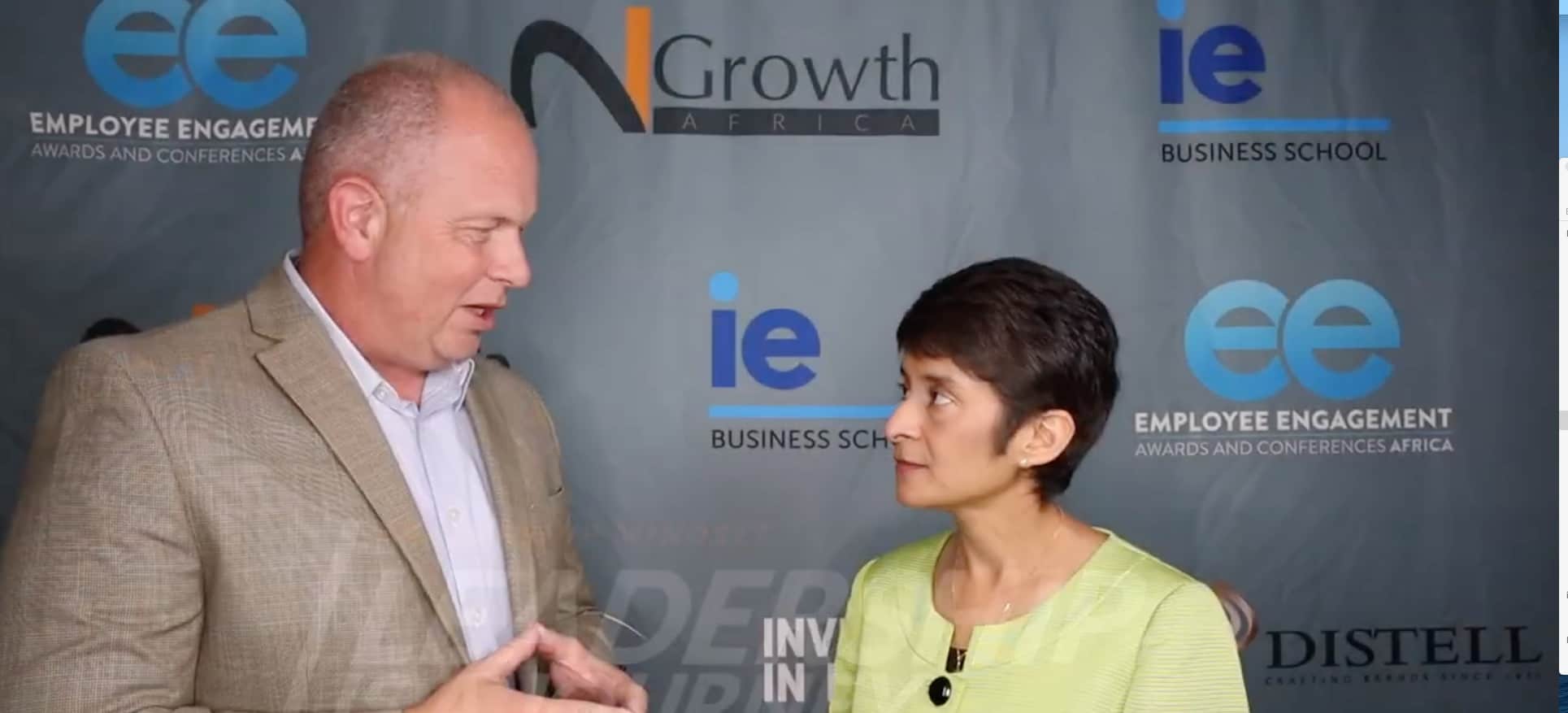Unprecedented growth of the Private Equity industry over the last decade made it stronger and better resourced, whereas an increased focus on improving the operating capabilities of portfolio companies is continuously impacting its value drivers.
Operational value creation models in Private Equity have been historically focusing on the following levers: sales and margins’ improvement, cost efficiency and capital reduction, capital efficiency, shared services, and, most recently, – geographical diversification and digitalization. In this context, the importance of the human lever has been underestimated for a long time and is nowadays gaining more and more weight in portfolio management.
Yet, according to the Harvard Business Review, between 70% and 90% of acquisitions fail to meet their financial expectations. One of the key factors that lead to these dynamics is attributed to the misalignment of talent strategies, capabilities, and cultures of portfolio companies with those of acquiring entities.
Your employees are your greatest ASSET
This phrase sounds like a “cliché” unless we give it a deep reflection from the accounting and financial planning perspective. ISO has recently introduced ISO 30414, the first International Standard of Human Capital Reporting allowing organizations of all sizes to get a clear view of the actual contribution of its human capital. Yet, many traditional and financial engineering and reporting models used by PE firms still look at the human capital from a purely cost perspective.
Making direct links between human capital and portfolio returns of a company is complicated, at times controversial, and a very sensitive topic. Nevertheless, there is definitely a benefit of using quantitative frameworks for human capital evaluation and its alignment with other organizational areas so as to support pre and post-deal decision making. One possible way to do so is through the use of scorecards, where skills and competencies are weighted against the firm’s strategic objectives, which, in turn, would result in economic benefits.
Likewise, HR Due Diligence should go far beyond evaluating HR risks and costs associated with a deal. It should involve a thorough quantitative analysis of the skills and capabilities of key employees as well as their overall alignment with the future organizational structure, culture, and financial objectives. Effective assessment models would allow a firm to better forecast financial returns of HR-related decisions, as well as to quantify expected economic benefits arising from aligning teams, competencies, and cultures of the entities with the organizational strategy post-closure. PE firms would also benefit from putting more emphasis on developing cross-portfolio capabilities post-closure, as well as on creating flexible organizational structures that encourage growth and innovation.
The Power of Early Engagement
Resistance to change is part of our human nature. Today, in the era of transformation, change and uncertainty, early engagement of employees in organizational transformation processes is directly linked with their willingness to embrace change and better understand its positive impact on their future career and the organization as a whole. Employees are much more likely to support and adopt change when they feel invested in the process and outcome.
Yet, this is another delicate aspect of an acquisition process, as a lot of information must remain confidential until the deal is secured. Engaging employees after the deal is formally announced can bear risks of creating unnecessary tensions within the staff, making them feel insecure, misinformed, and even undervalued. Yet, many of them will have to form part of an organizational muscle during the first 100 days and beyond.
In this context, how would a PE firm keep employees engaged throughout the deal lifecycle? Here are some thoughts:
- Working closely with the management and the deal team to identify and assess key talent in the target company.
- Creating focus groups that, together with the top management, would work on specific post-closure integration and transformation tasks, aligned with their profile and professional growth objectives.
- Performing an early assessment of a target company culture and work on preventing its potential misalignment post-closure.
- Making sure operating partners are engaged early in the deal process and are working closely with management teams to effectively align expectations at all levels of organizational stakeholders.
Leadership Challenge
According to the Global Private Equity Industry Report published by Bain & Company back in 2015, the primary reason why PE firms were failing to achieve target returns was due to the appointment of wrong leaders to run portfolio companies. Five years later, despite PE getting stronger and mature as an industry, Bain & Company still emphasize that individual lead managers matter more than the PE firm in deal returns. Getting back to the monetary aspect of human capital in Private Equity firms, we might be talking about multi-million pound/euro losses when it comes to appointing a wrong portfolio company CEO.
We always say businesses, products/services, and solutions do not fail – people fail! If you want your business, your products/services, or your solutions to succeed, invest in finding the best people. Nowadays, more and more PE firms realize the importance of diversifying their technical expertise to effectively implement transformation processes. Many focus on building strong networks of operating partners with specific functional orientations to quickly fix technical gaps in portfolio companies. Yet, the role of a CEO remains pivotal in effectively implementing the new culture within a team and effectively driving it through the path to growth.
Having worked on many strategic CEO placements in PE-backed companies, we have identified a few key characteristics and leadership traits a good portfolio company CEO needs to hold:
- Strategic thinking and agility of an entrepreneur.
- Ability to create an agile performance-driven culture, while at the same time not losing the sight of long-term growth objectives.
- Integrity: broadly speaking, this is true of any CEO in any business but where there are business acquisitions, mergers, etc, there can be a certain level of skepticism within the ranks. Not every, PE firm will want to change all the talent in their newly acquired company and so identifying the right leader with integrity – someone who doesn’t compromise on their core values and the core values of the business – tends to be a good starting point for bringing along the rest of the team on the journey.
- An ability to focus: if you cannot focus you cannot perform at the level necessary to remain in the C-Suite for very long. Understanding and locking on to priorities are crucial components of long-term success for turnaround and growth companies.
- We all know great CEOs do not make their businesses tick on their own. Like many of us who watched the Netflix document, ‘The Last Dance’, which centered around the great Michael Jordan and a dominant 90s Chicago Bulls, we saw that Michael Jordan needed to leverage the experience, skills, and competencies of the likes of Pippins, Rodman, and others to achieve success. As a CEO, being parachuted into a newly acquired company you are expected to hit the ground running, therefore it is imperative to know your weakness and your blind-spots beforehand and identify the gaps as quickly as possible replacing them with the best possible talent.
- All CEOs need to have a strong bias toward action. Resting upon past successes is a recipe for disaster – times change, people, and technology evolve and at an unbelievably rapid rate these days. For portfolio company CEOs, a track record of embracing change is a must.
- CEOs need a great marketing skew – with social media platforms being the dominant area for any brand to grow, CEOs in portfolio companies need to maximize the various channels to gain attention and attract the appropriate audience. The same goes for a CEO’s personal brand – people buy from people – CEOs marketing their businesses well will weave their personal brand into their marketing initiatives.
- It goes without saying, CEOs without energy cannot motivate their workforce, they are not convincing nor are they credible. CEOs of portfolio companies need to be hands-on requiring more energy than your average CEO. The starting point for these CEOs is their positive outlook and attitude – the best ones can inspire others to find that extra 10% – it is contagious.
- We always look for resilience in our leaders no matter whether they are leading our countries or our favorite sports teams. There is something incredibly powerful about being beside someone who just refuses to give up and has an insatiable appetite for results and success. CEOs who can omit this characteristic in everything they do tend to reach their destinations. It is not a journey everyone will want to go on with the leader, having resilience can often mean going into some of the deepest, darkest places to achieve the required results.
Of course, each company presents unique challenges at any given time within their business lifecycle; they have their idiosyncratic environment, values, and visions which require a unique approach to their leadership selection criteria and an extensive critique of the levels of leadership competency required to achieve the critical results needed. Our EMEAA CEO calls this ‘situational leadership’ and I quite like that description because it challenges the selection committee on many levels, but most importantly, to think beyond replacing like for like using the previous role description to determine the search parameters of the new leader – we know this to be committing to a life stuck in the past ultimately ceding the future to your competitors. For partners and deal teams responsible for operational Due Diligence, it is worth mentioning again that sourcing of a great CEO should start long before the completion of acquisition so that she/he is in the full capacity from day 1 of the 100-days plan.
More deal teams are finding value in human-capital due diligence processes which are shown to deliver significant improvements post-closure and enable the ability of a PE firm to move with speed and agility in the instance the unexpected happens with other key value drivers in the newly acquired businesses, bringing long-term value and resilience into portfolio companies.
This article was co-authored by Gordon Berridge







